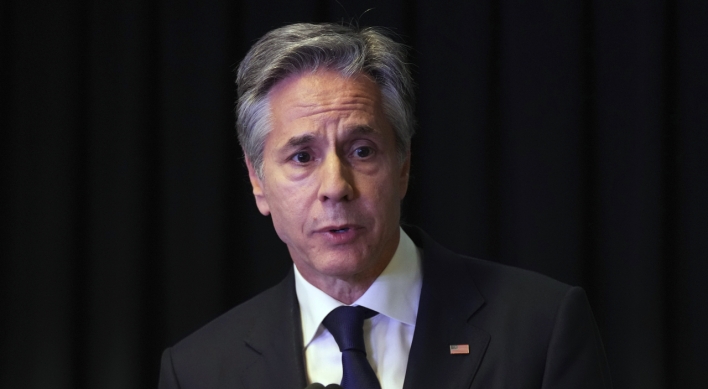
SYDNEY (AFP) ― Australia’s central bank cut interest rates to 4.25 percent Tuesday with the global economy continuing to pose risks despite expectations of strong domestic growth in the September quarter.
It was the second month in a row the Reserve Bank of Australia has slashed rates by 25 basis points, having cut in November for the first time since April 2009 amid slowing inflation and fears of a major world economic downturn.
Economists were split on whether they would move again ahead of a summit of European leaders this week seen as crucial for the future of the eurozone, but the bank said the inflation outlook “afforded scope for a modest reduction.” “The Board will continue to set policy as needed to foster sustainable growth and low inflation over time,” RBA governor Glenn Stevens said, with rates now at their lowest level since April 2010.
It was the first back-to-back cuts since the depth of the global financial crisis in April 2009 and the dollar sank more than half a U.S. cent following the announcement to 101.88 U.S. cents by 0345 GMT.
While the Australian economy remains resilient, Stevens said global growth had moderated, including in China, a major trade partner, and Asia was starting to see some effects of a significant slowing in economic activity in Europe.
“Financial markets have experienced considerable turbulence, and financing conditions have become much more difficult, especially in Europe,” he said.
“This, together with precautionary behavior by firms and households, means that the likelihood of a further material slowing in global growth has increased.
“Commodity prices have reflected this, declining further over recent months and taking pressure off CPI inflation rates. This has increased the scope for some easing in monetary policy in a number of countries.”
It was the second month in a row the Reserve Bank of Australia has slashed rates by 25 basis points, having cut in November for the first time since April 2009 amid slowing inflation and fears of a major world economic downturn.
Economists were split on whether they would move again ahead of a summit of European leaders this week seen as crucial for the future of the eurozone, but the bank said the inflation outlook “afforded scope for a modest reduction.” “The Board will continue to set policy as needed to foster sustainable growth and low inflation over time,” RBA governor Glenn Stevens said, with rates now at their lowest level since April 2010.
It was the first back-to-back cuts since the depth of the global financial crisis in April 2009 and the dollar sank more than half a U.S. cent following the announcement to 101.88 U.S. cents by 0345 GMT.
While the Australian economy remains resilient, Stevens said global growth had moderated, including in China, a major trade partner, and Asia was starting to see some effects of a significant slowing in economic activity in Europe.
“Financial markets have experienced considerable turbulence, and financing conditions have become much more difficult, especially in Europe,” he said.
“This, together with precautionary behavior by firms and households, means that the likelihood of a further material slowing in global growth has increased.
“Commodity prices have reflected this, declining further over recent months and taking pressure off CPI inflation rates. This has increased the scope for some easing in monetary policy in a number of countries.”
-
Articles by Korea Herald










![[Hello India] Hyundai Motor vows to boost 'clean mobility' in India](http://res.heraldm.com/phpwas/restmb_idxmake.php?idx=644&simg=/content/image/2024/04/25/20240425050672_0.jpg&u=)








